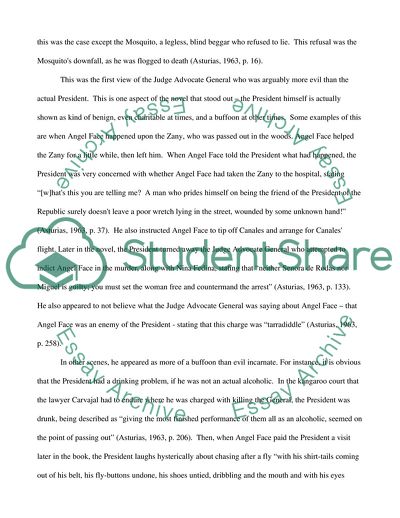Cite this document
(Analysis of Asturias The President Novel Book Report/Review, n.d.)
Analysis of Asturias The President Novel Book Report/Review. Retrieved from https://studentshare.org/literature/1743039-asturiassthe-president
Analysis of Asturias The President Novel Book Report/Review. Retrieved from https://studentshare.org/literature/1743039-asturiassthe-president
(Analysis of Asturias The President Novel Book Report/Review)
Analysis of Asturias The President Novel Book Report/Review. https://studentshare.org/literature/1743039-asturiassthe-president.
Analysis of Asturias The President Novel Book Report/Review. https://studentshare.org/literature/1743039-asturiassthe-president.
“Analysis of Asturias The President Novel Book Report/Review”, n.d. https://studentshare.org/literature/1743039-asturiassthe-president.


